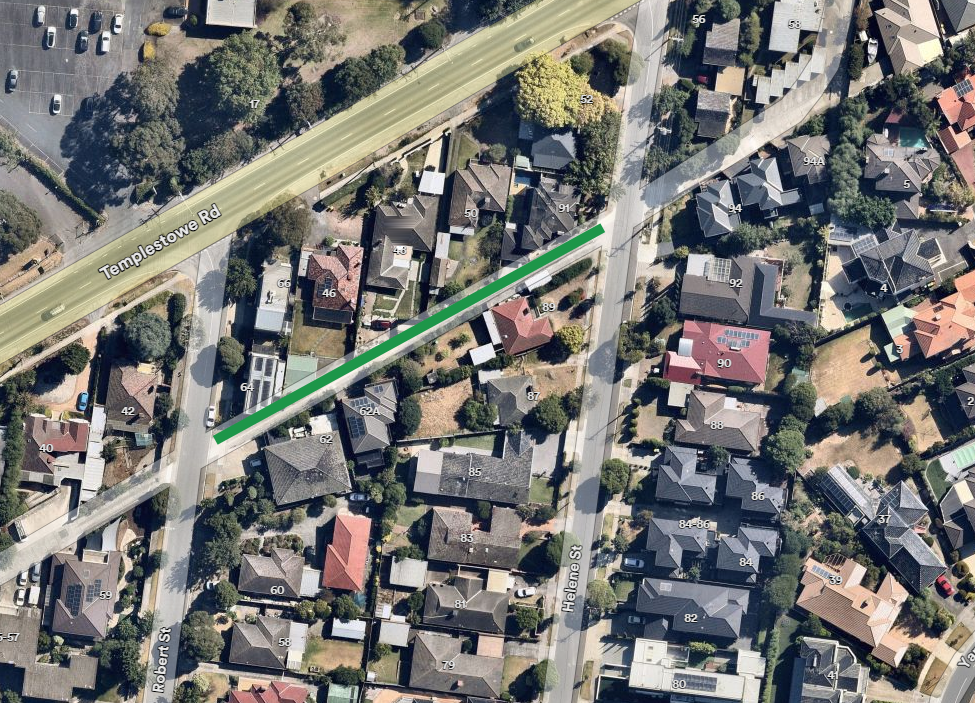The Australian Veterinary Association (AVA) participated in a recent Industry Roundtable discussion with the Australian Universities Accord Panel where how to achieve a more diverse and inclusive profession was discussed.
In line with the theme of this year’s World Veterinary Day (April 29th) which is focused on Promoting Diversity, Equity and Inclusiveness in the Veterinary Profession the AVA’s vision for the future is that the demographics of the profession better reflect that of the Australian community. This starts with veterinary education.
“We live in an increasingly diverse community. Ensuring education and training programs are accessible to all, regardless of background or circumstances, will encourage diversity and inclusivity in the workforce,” Dr Bronwyn Orr the President of the AVA said.
Increased government support to higher education is critical to deliver a more diverse and sustainable workforce that meets the growing demand for veterinary services, the industry peak body says.
In its submission to the Australian Universities Accord Panel Discussion Paper, the Australian Veterinary Association said under-represented groups in the profession can be deterred by the hidden costs of veterinary courses, which occurs as a consequence of inadequate government funding for essential courses that are expensive to deliver.
“In the context of the veterinary profession, the participation rate of First Nations people is 0.6%. Compared to the general population, where First Nations people make up 3% of Australians, we as a profession need to work together to improve this statistic.” said Dr Bronwyn Orr.
“In order to increase the diversity of students entering the profession, universities must be funded to have programs and mechanisms in place to address the barriers that disproportionately impact some underrepresented groups.” said Dr Bronwyn Orr
The AVA said veterinary students were particularly vulnerable to financial insecurity because of the absence of support for the veterinary profession, while working wages were low in the context of the cost of degrees.
“This is a profession that provides an essential service to the Australian community – a community that places high value on animal health and welfare. For those courses that provide essential services to the community the level of student contribution should be linked to the public value of the work and the earning capacity of that sector as a whole,” Dr Bronwyn Orr said.
F







